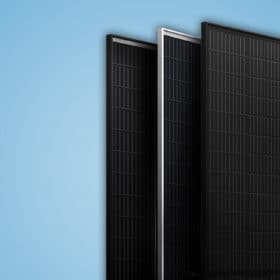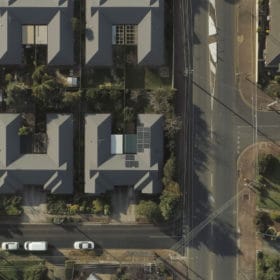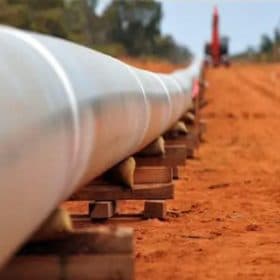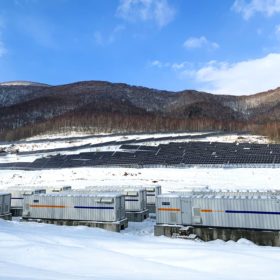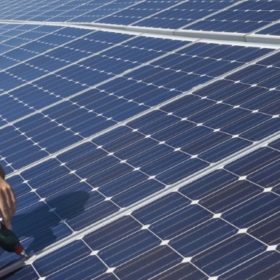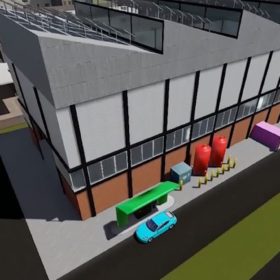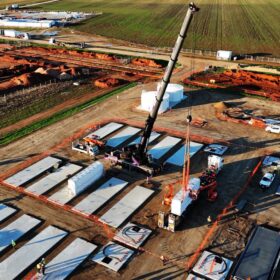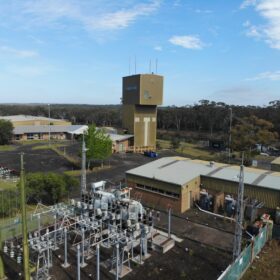Baotou City set for 10 GW of renewables
The tide of clean energy facilities planned under the city’s next five-year strategy was revealed by Hong Kong-listed polysilicon maker Xinte Energy, which has signed a framework agreement to construct 200,000 tons of manufacturing capacity near Inner Mongolia’s largest city.
Assessing the impact of large-wafer modules
Energy consultancy DNV GL has published new results comparing the performance of modules based on 166mm, 182mm and 210mm silicon cells. The assessment compares Trina Solar’s Vertex modules, which use the largest cell dimension, with unnamed competitors utilising the other two sizes. Results from system simulations show a clear advantage for the two larger sizes, with 210mm edging ahead in terms of levelised cost of electricity.
Infinergy Pacific pushes ahead with 200 MW solar farm proposal
A lengthy battle over land use is set to be reignited with renewable energy developer Infinergy Pacific lodging a revised planning application with the Victorian Government for a 200 MW solar farm and battery storage facility in the state’s southwest.
South Australian trial provides blueprint for VPP integration
Australia’s record-breaking uptake of small-scale rooftop solar and growing interest in home battery systems almost guarantee virtual power plants (VPP) will play a key role in the nation’s energy system into the future and Energy Networks Australia (ENA) has identified the “blueprint” for their successful integration into the grid.
Renewable hydrogen projects planned for Victoria, WA
Australian Gas Networks (AGN) has revealed detailed plans to introduce renewable hydrogen into the existing natural gas networks in both Victoria and Western Australia after the first production of green hydrogen at its $11.4 million Hydrogen Park South Australia.
Solar-plus-storage as an antidote to grid congestion in Japan’s northern island of Hokkaido
Chinese inverter maker Sungrow has switched on a 6 MW / 21 MWh solar-plus-storage facility on the island. The FIT project’s connected AC capacity is limited to only 845 kW, but the containerised storage solution provided by the company ensures its viability.
Donated Hitachi ABB microgrid simulator to grow renewable-energy capabilities in the NT
Like a flight simulator for power system designers, the Hitachi ABB facility is now in the hands of the Northern Territory’s Charles Darwin University where it will help build knowledge and capability on the Territory’s road to 50% renewable electricity by 2030.
Australia’s first large-scale solar panel recycling operation amps up collection of precious “waste”
Reclaim PV is a step closer to ensuring solar generation lives up to the promise of providing clean energy throughout its lifecycle, and that repurposing of its component materials becomes viable.
The US jumps on board the electric vehicle revolution, leaving Australia in the dust
“Australians should be able to choose the type of car they drive,” said the Federal Minister for Energy and Emissions Reduction, Angus Taylor on Friday when he released a national plan to reduce carbon emissions from Australia’s road transport sector — a plan without a target, without incentives, and with relatively meagre investment in bringing about essential change.
Going for the ’burne: $10 million to fund Victorian Hydrogen Hub
Renewable-hydrogen research at Swinburne University of Technology and CSIRO gets a boost from the Victorian Higher Education State Investment Fund, as the state drives toward a net-zero-emissions future.

